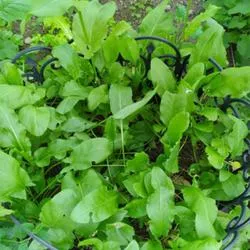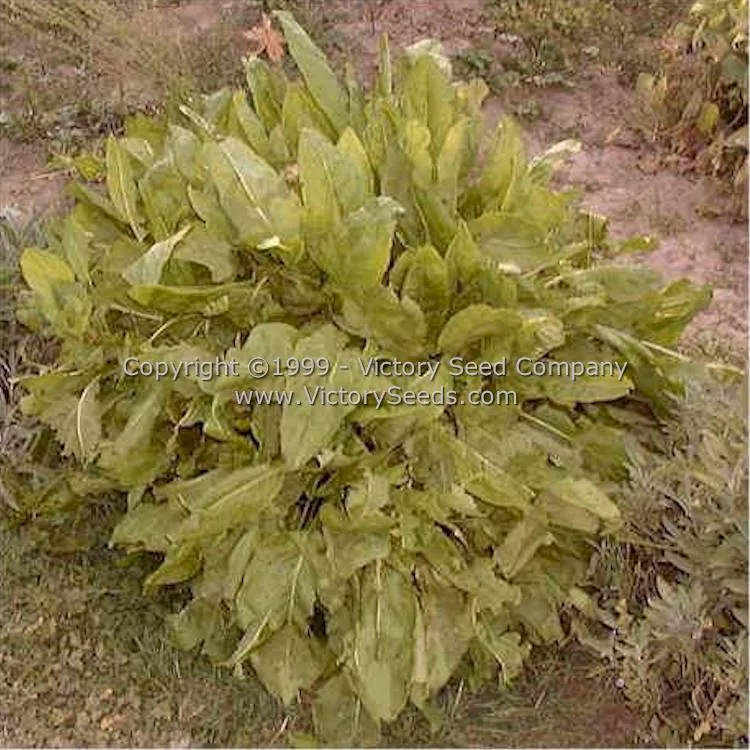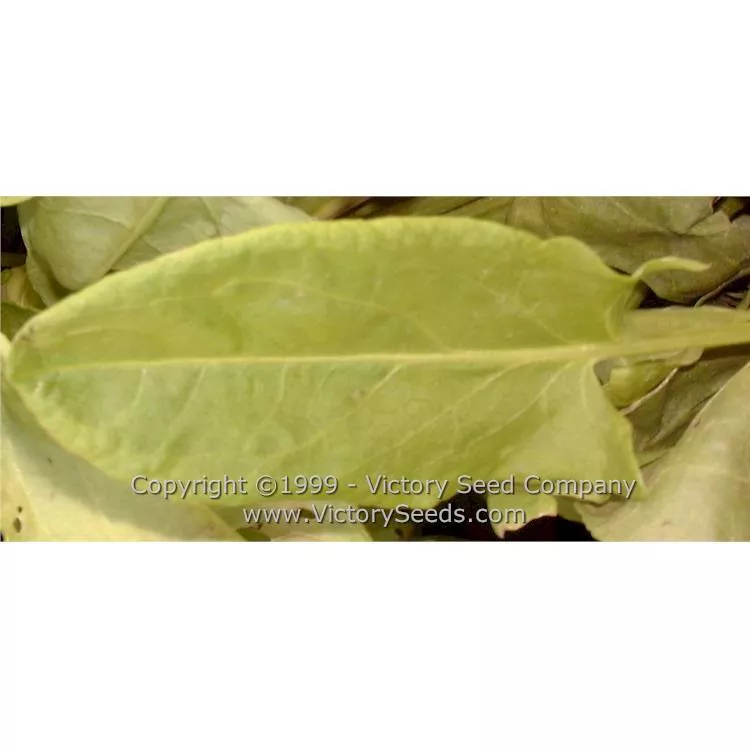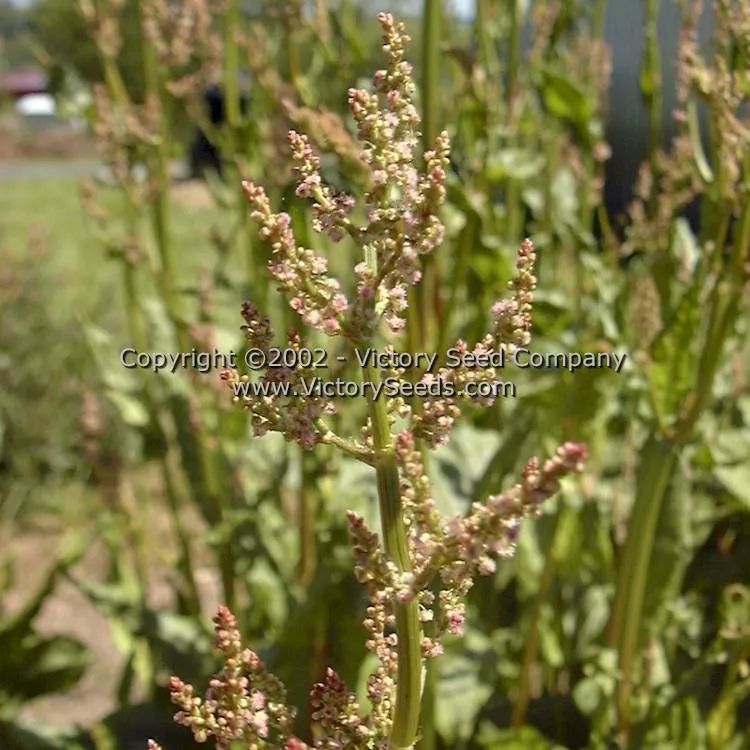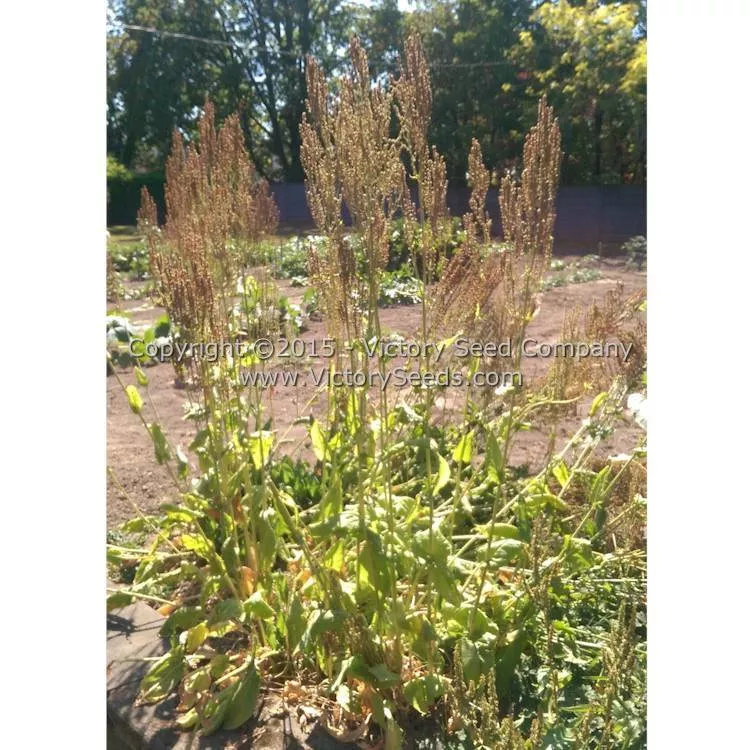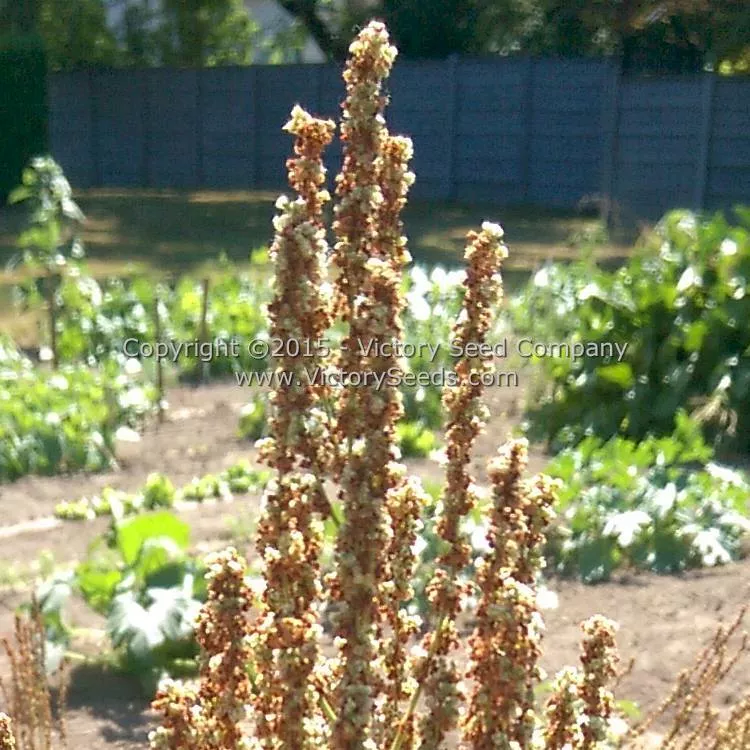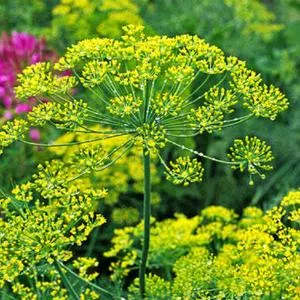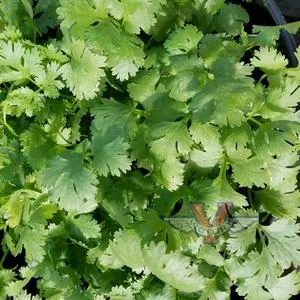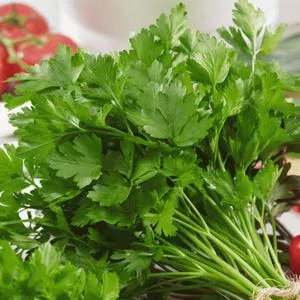




Sorrel, Garden or English
Rumex acetosa
Price: $3.25
SKU: 4000311'Garden Sorrel', also referred to as Common or English Sorrel, is an often overlooked culinary herb. Although is resembles a pale spinach leaf, it bursts with a tart, sour flavor that some say is similar to lemon. The immature leaves can be used as "baby greens" in mesclun or salad mixes. More mature leaves are used in soups to provide a layer of tartness. It also has high levels of potassium as well as vitamins A and C.
'Garden Sorrel' plants reach sixteen to twenty-four inches in height and take up a similar amount of space. The leaves are arrow-shaped and can be picked from spring through fall. They are best when small and tender. Keep flowering stalks suckered to help promote continued leaf production. The tart taste is from the oxalic acid (see below) that Sorrel contains.
Plants thrive in full sun to part shade and prefer rich soil. They also do well in large containers if protected from hard freezes. It is a long lived perennial surviving down to about USDA zone 5. We have a stand in our kitchen garden here on he farm that has been coming back every year since we planted it in 1998.
'Garden Sorrel' plants reach sixteen to twenty-four inches in height and take up a similar amount of space. The leaves are arrow-shaped and can be picked from spring through fall. They are best when small and tender. Keep flowering stalks suckered to help promote continued leaf production. The tart taste is from the oxalic acid (see below) that Sorrel contains.
Plants thrive in full sun to part shade and prefer rich soil. They also do well in large containers if protected from hard freezes. It is a long lived perennial surviving down to about USDA zone 5. We have a stand in our kitchen garden here on he farm that has been coming back every year since we planted it in 1998.
Like rhubarb, Sorrel does contain oxalic acid and can be toxic when large amounts are ingested (Click here for more information). But what constitute "large amounts" is the question. We have not found any studies that have been done to quantify an exact recommended daily dosage amount. We would suggest that like anything, moderation is the key.
We do know that Sorrel has been grown and used by people as a garden vegetable for centuries. It was brought to the "New World" by colonists and commonly used in soups, sauces, as a salad green, and in medicines.
Since it has been used in European cuisine since the beginning of time, implicitly following recipes is probably a wise idea. We have read that parboiling the leaves for a minute or two in boiling water (and discarding that water) prior to cooking and using the leaves, removes much of the oxalic acid.
We do know that Sorrel has been grown and used by people as a garden vegetable for centuries. It was brought to the "New World" by colonists and commonly used in soups, sauces, as a salad green, and in medicines.
Since it has been used in European cuisine since the beginning of time, implicitly following recipes is probably a wise idea. We have read that parboiling the leaves for a minute or two in boiling water (and discarding that water) prior to cooking and using the leaves, removes much of the oxalic acid.
Customer Reviews:
Do you have experience with this one? 📝 📣 Write a review!
★★★★★ Super 👌
By yevheniy a istranin (wa) on June 21, 2024
By yevheniy a istranin (wa) on June 21, 2024
we add : Ukrainian borscht to soup , salads
